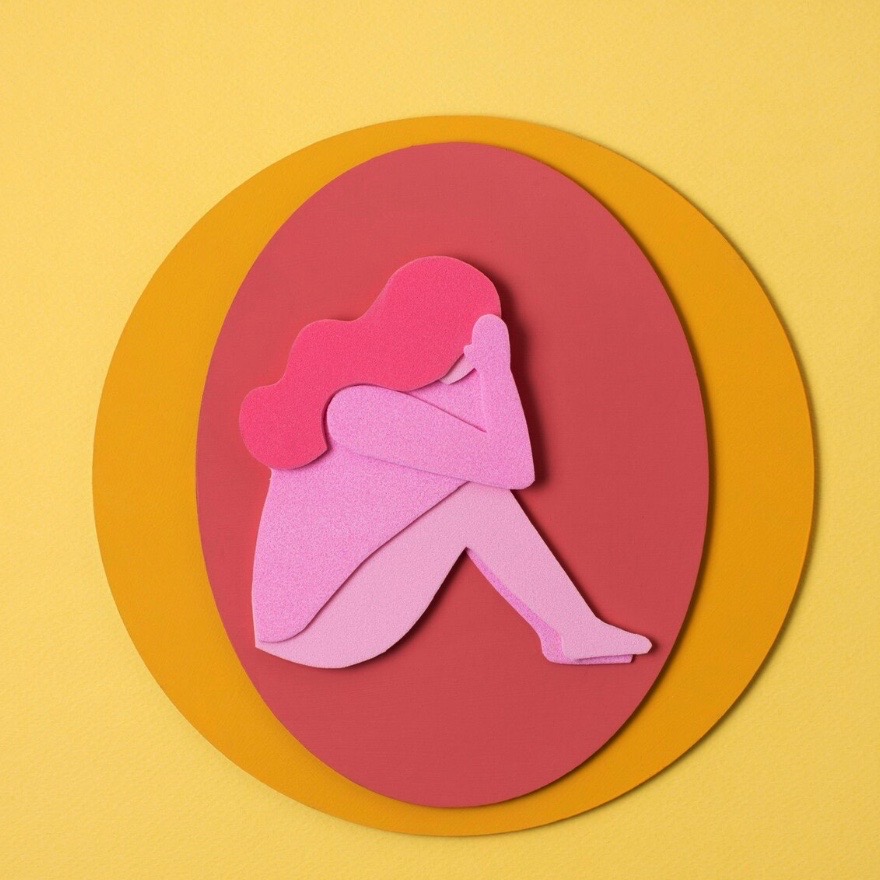Long-term efficacy and safety of a bioresorbable polycaprolactone-based injectable in female stress incontinence

Submitted: 27 January 2024
Accepted: 15 March 2024
Published: 4 April 2024
Accepted: 15 March 2024
Abstract Views: 1009
PDF: 210
SUPPLEMENTARY MATERIAL: 96
SUPPLEMENTARY MATERIAL: 96
Publisher's note
All claims expressed in this article are solely those of the authors and do not necessarily represent those of their affiliated organizations, or those of the publisher, the editors and the reviewers. Any product that may be evaluated in this article or claim that may be made by its manufacturer is not guaranteed or endorsed by the publisher.
All claims expressed in this article are solely those of the authors and do not necessarily represent those of their affiliated organizations, or those of the publisher, the editors and the reviewers. Any product that may be evaluated in this article or claim that may be made by its manufacturer is not guaranteed or endorsed by the publisher.
Similar Articles
- A. Albiero, A. Gazzoni, S. Giudici, S. Poggi, L. Fedele, EVALUATION OF EFFICACY OF DIFFERENT SURGICAL PROCEDURES IN THE TREATMENT OF SUI AND GENITAL PROLAPSE , Urogynaecologia: Vol. 15 No. 3 (2001)
- V. LEANZA, M. BOLOGNA, N. GASBARRO, TENSION-FREE TECHNIQUES IN UROGYNAECOLOGICAL SURGERY , Urogynaecologia: Vol. 19 No. 2-3 (2005)
- F. Magatti, P.L. Sirtori, C. Rumi, C. Belloni, TVT PROCEDURE FOR THE TREATMENT OF SUI: OUR EXPERIENCE , Urogynaecologia: Vol. 16 No. 1 (2002)
- S. Bandiera, G. Raciti, A. Aloisi, M. Arena, R. Giordano, G. Giunta, M.G. Matarazzo, R. Morello, F. Rapisarda, S.G. Vitale, A. Cianci, DOUBLE TRANSOBTURATOR APPROACH TO TREATING CYSTOCELE , Urogynaecologia: Vol. 22 No. 3 (2008)
- Stephanie W. Zuo, Jaden R. Kohn, Chi Chiung Grace Chen, Laura Tellechea, Harley Roberts, Ilir Agalliu, Ava Leegant, Nitya Abraham, Melissa Laudano, Assessing frailty in urogynecology patients: a comparative analysis of the Edmonton frail scale and pelvic floor symptom severity , Urogynaecologia: Vol. 35 No. 1 (2023)
- Munir'deen A. Ijaiya, Hadijat O. Raji, Treatment of pelvic organ prolapse , Urogynaecologia: Vol. 26 No. 1 (2012)
- J. BECO, J. MOUCHEL, PERINEOLOGY: A NEW AREA , Urogynaecologia: Vol. 17 No. 2 (2003)
- Gabriela Marini, Angélica M. Pascon Barbosa, Débora C. Damasceno, Selma M. Michelin Matheus, Rodrigo de Aquino Castro, Manoel João B. Castello Girão, Marilza V. Cunha Rudge, Morphological changes in the fast vs slow fiber profiles of the urethras of diabetic pregnant rats , Urogynaecologia: Vol. 25 No. 1 (2011)
- Thibault Thubert, Yohann Dabi, Anne Sophie Boudy, Marion Joubert, Christophe Vaessen, Emmanuel Chartier-Kastler, Jean-Pierre Lefranc, Morgan Rouprêt, Comparison of functional outcomes after robot-assisted laparoscopic sacrocolpopexy in women with a BMI below and above 30 , Urogynaecologia: Vol. 30 No. 1 (2017)
- M. Tamburello, V. Farruggia, S.M. Rubino, TWO CASES OF BLADDER PROLENE® TAPE EXPOSURE AFTER TVT PROCEDURE , Urogynaecologia: Vol. 16 No. 1 (2002)
You may also start an advanced similarity search for this article.

 https://doi.org/10.4081/uij.2024.324
https://doi.org/10.4081/uij.2024.324




